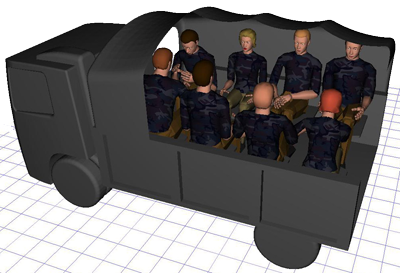People interact with many different spaces on a daily basis: subway cars, offices, restaurants, and classrooms are examples of just some of these. However, these spaces and products that are meant to make lives more comfortable and efficient often do just the opposite. This thesis utilizes packing problems more common to operational research and industrial shipping applications to examine design situations that directly effect human usability and accommodation. Packing problems will be integrated into traditional design for human variability methods to optimize spaces that people may need to interact with. This means that a bus can be designed to hold the same number of people as it did before and be just as comfortable, but while minimizing the size and therefore the material needed to build it. Conversely, these methods could be used to maximize the number of people that can fit in a restaurant without the customers feeling like there is no room to breathe. The overall goal of these methods is to achieve high levels of accommodation for every individual involved and for the user population as a while. This thesis proposes three new separate design methods for this combined packing and variability approach through the example of optimally sizing a school bus. These methods are then demonstrated and their validity is verified through the task of designing a military personnel carrier vehicle.

